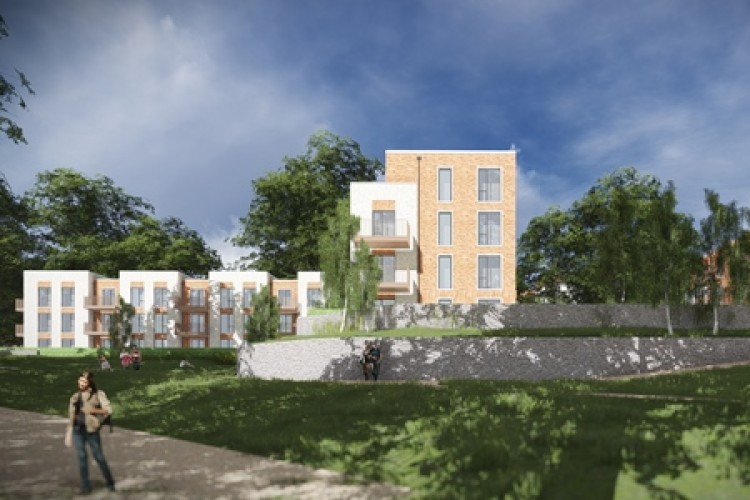Barratt Developments is increasingly looking to timber frames, large format block and light gauge steel frames to speed build times and reduce labour dependency. As previously reported, it aims to produce at least 20% of its new homes using offsite construction methods by 2020.
In the year ended 30th June 2017, Barratt Developments increased its profit before tax by 12% to £765.1m (2016: £682.3m) on turnover up 10% to £4.65bn (2016: £4.23bn).
With total completions (including joint ventures) at 17,395 units (2016: 17,319), Barratt was busier than it has been since 2008.
Chief executive David Thomas said: "This has been another excellent year for the group. We have delivered a strong operational and financial performance and our highest completion volumes for nine years. We are committed to increasing the supply of new homes as the UK's largest housebuilder and we remain industry leading in terms of quality and customer service.
“The group starts the new financial year in a good position with a strong balance sheet, healthy forward sales and we continue to see robust consumer demand supported by a positive mortgage environment. We are focused on driving further operational improvements through the business with a particular focus on margin improvement."
That quest to improve margins has led Barratt to rationalise its product offering. In 2016 it reduced the number of housetypes in its Barratt and David Wilson housing ranges.

David Thomas explained: “The outcome was a reduction in the number of houses in the range which will increase standardisation, simplify construction and reduce build costs whilst maintaining our high standards of design and build quality.”
The group now has 132 sites with 19,000 plots where the new ranges will be used, of which 51 sites are already under construction.
Mr Thomas added: “We are also seeking to increase construction efficiency and reduce demand on labour through implementing the new housetype ranges which are easier to build and through the use of alternative build options such as timber frames, large format block and light gauge steel frames.”
He said that overall build cost inflation for the current financial year was expected to be in the range of 3% to 4%.
In the past financial year, Barratt Developments slowed its land buying a little, approving the purchase of £957m of land (2016: £1,096m), equating 18,497 plots (2016: 24,387 plots). This year it is looking to step that up again a little, to more than 20,000 plots.
Got a story? Email news@theconstructionindex.co.uk



